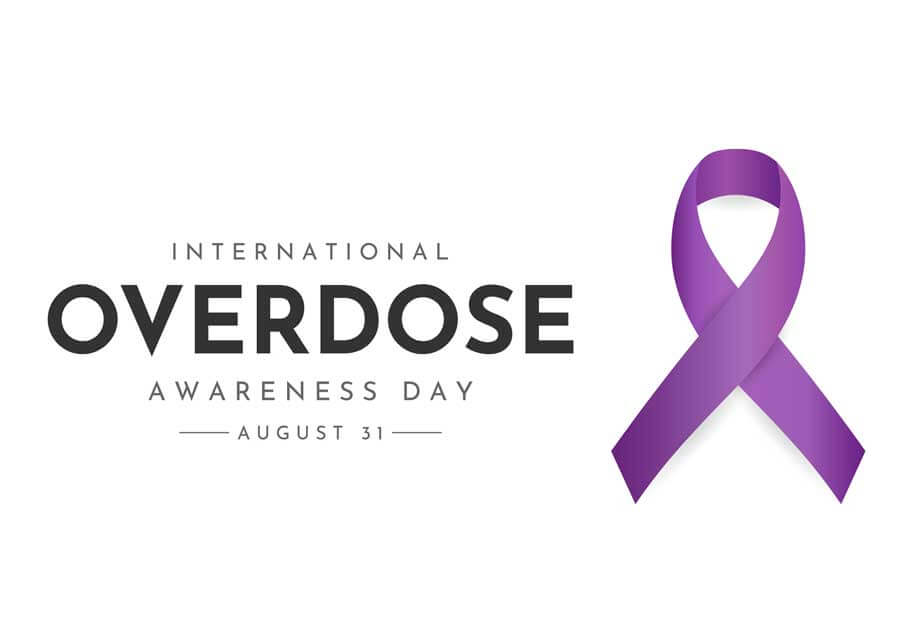Note: This post includes information about drug use, overdose and overdose related deaths. If you or your loved one needs help, please consider calling the Substance Abuse and Mental Health Services Administration’s free and confidential national help line at 800-662-4357.
History:
International Overdose Awareness Day was organized by Sally Finn in St. Kilda, Australia, in 2001. Beginning in 2012, the day, which raises awareness of drug overdoses and related deaths, has been coordinated by the Penington Institute, an Australian nonprofit organization. For many people, it is a time to remember their lost loved ones and reflect on the legacies they left behind. The effort is also an organized education campaign about overdose prevention strategies, response techniques and community engagement.
Overdose Prevalence:
According to the Centers for Disease Control and Prevention (CDC), there were over 100,000 overdose deaths in the U.S. during the 12-month period leading up to April of this year. Of overdose deaths in 2020, 75% were attributed to an opioid, with 82% of those deaths involving synthetic opioids. Drug overdose deaths caused in part by stimulants have also risen.
Maryland is in the CDC’s highest category for rates of overdose deaths. In 2020, the number of reported deaths was 2,771. Although Baltimore has decriminalized low-level drug possession in the hope of reducing overdose deaths and encouraging help-seeking behavior, overdose remains a prevalent concern in our city. As citizens and community members, it is our duty to learn how to appropriately support the safety and well-being of others. Overdose deaths are preventable.
Harm Reduction:
Harm reduction strategies have emerged at the forefront of overdose prevention. These strategies include using overdose reversal medications like naloxone, fentanyl test strips to test substances before using them and programs in which used needles can be exchanged for clean needles. Harm reduction programming can also be used as a touchstone for people who use drugs to access care and be referred to treatment.
Signs of a Drug Overdose:
Note that signs and symptoms of a drug overdose vary based on the drug and the amount taken. Common symptoms of opioid overdose include:
- Small pupils
- Loss of consciousness
- Low breathing rate
- Choking or gurgling
- Limp body
- Pale, blue, cold skin
Guidelines for Overdose Response:
- Call 911.
- Administer naloxone if you have access to it.
- Ensure the person stays awake and breathing. If breathing stops, initiate CPR.
- Lay the person on their side to prevent choking.
- Stay with the person until emergency medical services arrive.
What You Can Do:
- To create a safe space for people dealing with substance use and addiction, be nonjudgmental and open. Use person-first language and avoid derogatory terms. (For example, say “person with a substance use disorder” instead of “junkie” or “addict.”)
- Learn about opioid use legislation and write to your representatives.
- Promote substance use educational campaigns.
- Participate in overdose reversal and CPR trainings so you are prepared to intervene if necessary.
- After being trained, begin carrying overdose reversal medications like naloxone so you can administer them in case of an emergency.
There are steps we can all take to help protect community members from overdose deaths and create a safety net for those struggling with drug use.
Related Content
- From Crisis to Consensus: Guidelines Aim to Reduce Over-Prescribing of Abused Drugs
- Are Vaccines the Next Step in Controlling the Opioid Epidemic?
- Curbing the Tide of the Opioid Epidemic
Want to read more from the Johns Hopkins School of Medicine? Subscribe to the Biomedical Odyssey blog and receive new posts directly in your inbox.
